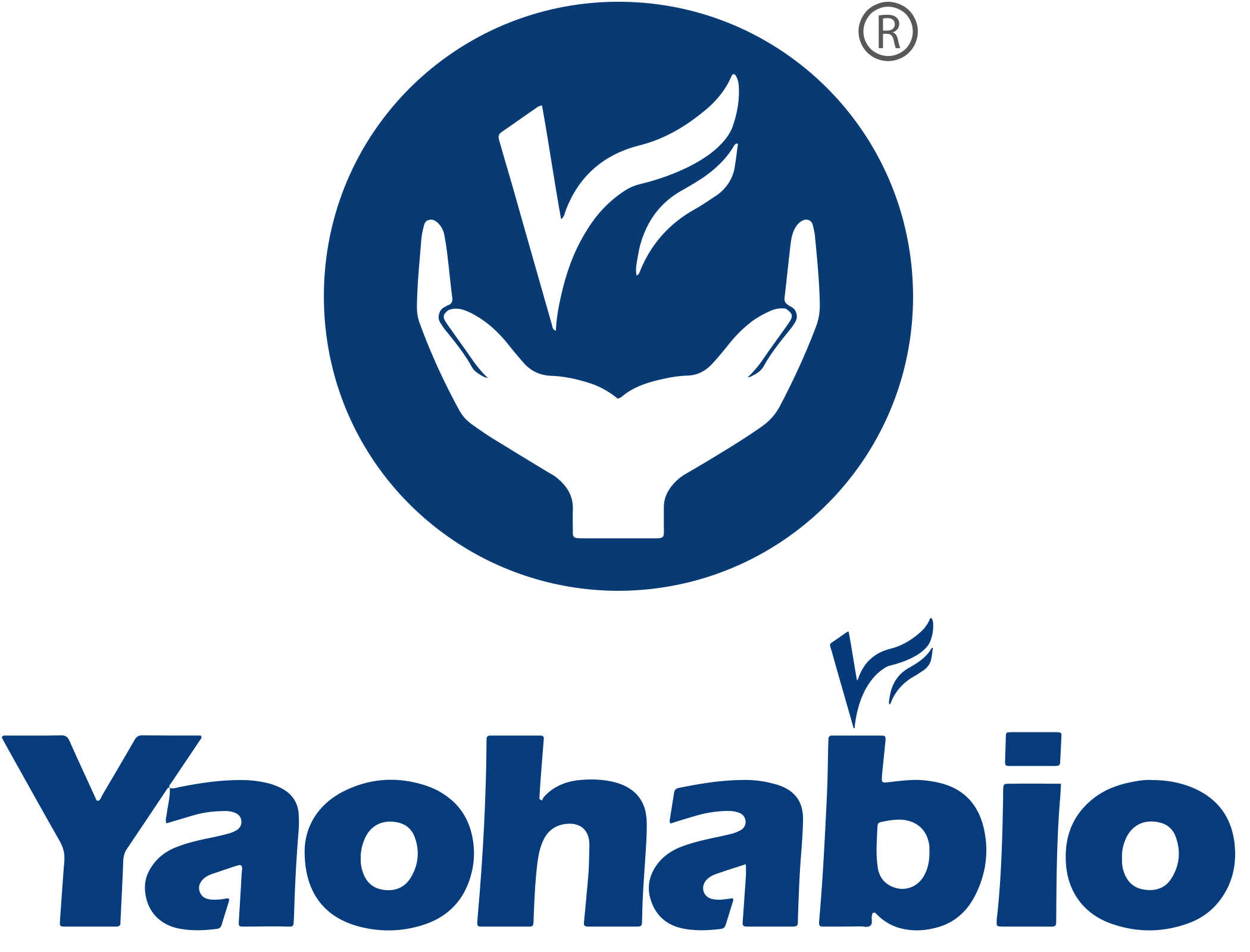Conquering Hepatitis B with Yaohai
The World Health Organization (WHO) reports that annually, 1.5 million new cases of chronic hepatitis B infection emerge, affecting 296 million individuals globally. Hepatitis B is the disease that causes the most deaths after COVID-19. Therefore, we need to prioritize the prevention and detection of hepatitis B.
Importantly, the hepatitis B virus (HBV) is the direct cause of hepatitis B. In this article, Yaohai Bio-Pharma will elaborate on HBV, encompassing its types, detection, and prevention.
Types of Hepatitis B Antigen
HBV is an icosahedral virus characterized by its enclosed structure and circular double-stranded DNA (dsDNA) genome. Among its antigens, we find hepatitis B surface antigen (HBsAg), hepatitis B core antigen (HBcAg), and hepatitis B e antigen (HBeAg).
Recombinant hepatitis B vaccines harness the power of recombinant HBsAg as their active component. HBcAg, the primary structural protein of the HBV icosahedral nucleocapsid, plays a crucial role in viral replication. Detection of hepatitis B core antibody (anti-HBc or HBcAb) uses recombinant HBcAg. On the other hand, HBeAg is described as "nonparticulate," secreted into the bloodstream, and accumulates in serum. It is strategically located between the icosahedral nucleocapsid core and the lipid membrane. Interestingly, HBcAg and HBeAg share the same genetic reading frame for their production.
Detection of HBV
Recombinant HBsAg and HBcAg play pivotal roles in detecting HBV within the human body. Anti-HBsAb, a highly specific antibody targeting HBsAg, stands as a vital marker, illuminating the effectiveness of vaccination or natural infection. A positive or reactive anti-HBsAb test result not only signifies the individual's immunity against HBV but also underscores the success of vaccination efforts or provides insights into post-infection disease status.
At the forefront of microbial fermentation expertise, Yaohai Bio-Pharma has leveraged its vast experience and completed hundreds of successful project deliveries in this domain. The Anti-HBs Assay Kits utilized in these crucial tests feature recombinant HBsAg subtypes, specifically ad and ay, sourced from meticulously cultivated Escherichia coli (E. coli) strains. By employing state-of-the-art technologies and comprehensive CDMO services, Yaohai Bio-Pharma ensures the purity and stability of these antigens, enhancing the accuracy and reliability of the client’s diagnostic products.
Moreover, studies have highlighted the potential risk associated with transfusing blood that is positive for antibodies to anti-HBc but negative for HBsAg, as it may trigger hepatitis in some recipients. Consequently, implementing screening protocols for anti-HBc in whole blood and blood components destined for transfusion is imperative to mitigate transfusion-related HBV infections, thereby enhancing the safety of the blood supply.
The detection kit also incorporates recombinant HBcAg produced in E. coli. A positive or reactive anti-HBcAb test outcome indicates a history of or an ongoing hepatitis B infection. It's noteworthy that, contrary to surface antibodies, core antibodies do not confer immunity against HBV.
Prevention of hepatitis B virus—HBV Vaccine
In HBV vaccine production, only HBsAg, the immunogenic outer coat, is used. As the surface protein, HBsAg is readily accessible to the immune system. It stimulates the production of antibodies that specifically target the surface antigen in the body, thus protecting against future HBV infections. However, HBcAg is at the core of the virus, limiting immune system exposure. Its immunogenicity is weak, making it less suitable for direct vaccine production.
The initial HBV vaccines were blood-derived. However, with advancements in microbiological technology, HBV vaccines are now manufactured by a modified recombinant HBsAg produced using recombinant DNA methods and in yeast out of biosafety concerns. In addition to the E. coli expression, Yaohai Bio-Pharma also excels in yeast expression, ensuring the recombinant HBsAg with high quality to strictly comply with the regulatory requirements of the vaccine.
Recombinant HBV vaccines were initially produced using a yeast system. Existing yeast-derived HBV vaccines are based on the self-assembly of HBsAg monomers into virus-like particles (VLPs). Purified yeast-derived HBsAg has been reported to present VLPs of ∼22 nm. And 60% to 70% of the formed HBsAg VLPs consist of HBsAg monomeric proteins, with the remainder containing lipids. In summary, the resulting VLPs are highly immunogenic, elicit potent neutralizing antibodies, and are a safe vaccine that does not contain any viral genome.
Yaohai Bio-Pharma is also actively seeking institutional or individual global partners and offers the most competitive compensation in the industry. If you have any questions, please feel free to contact us: [email protected]
Hot News
-
Yaohai Bio-Pharma Passed EU QP Audit and Attains ISO Triple Certification
2024-05-08
-
BiotechGate, Online
2024-05-13
-
2024 WORLD VACCINE CONGRESS Washington
2024-04-01
-
CPHI North America 2024
2024-05-07
-
BIO International Convention 2024
2024-06-03
-
FCE COSMETIQUE
2024-06-04
-
CPHI Milan 2024
2024-10-08

 EN
EN
 AR
AR
 HR
HR
 CS
CS
 DA
DA
 NL
NL
 FI
FI
 FR
FR
 DE
DE
 EL
EL
 IT
IT
 JA
JA
 KO
KO
 NO
NO
 PL
PL
 PT
PT
 RO
RO
 RU
RU
 ES
ES
 SV
SV
 IW
IW
 ID
ID
 LV
LV
 LT
LT
 SR
SR
 SK
SK
 SL
SL
 UK
UK
 VI
VI
 ET
ET
 HU
HU
 TH
TH
 TR
TR
 FA
FA
 AF
AF
 MS
MS
 BE
BE
 MK
MK
 UR
UR
 BN
BN

